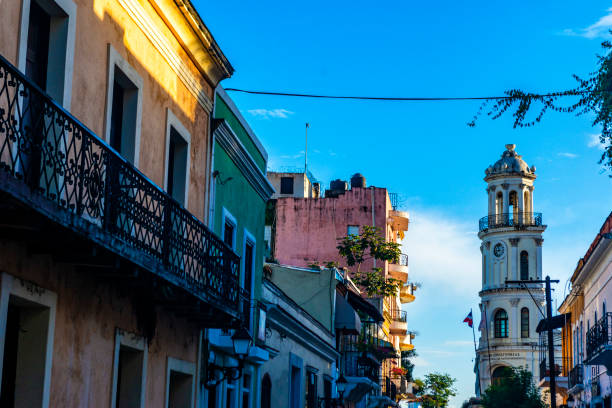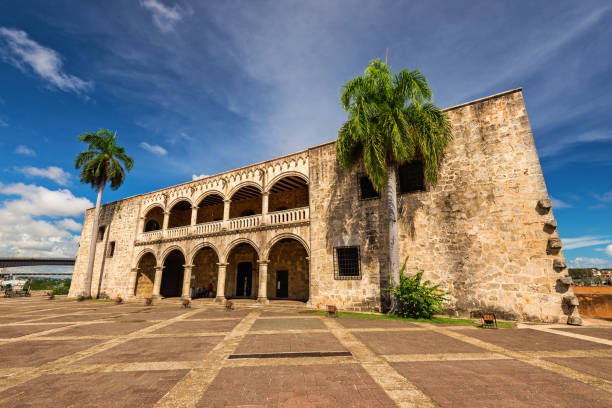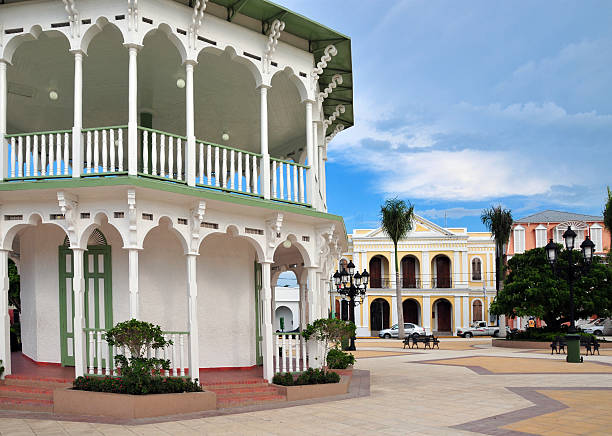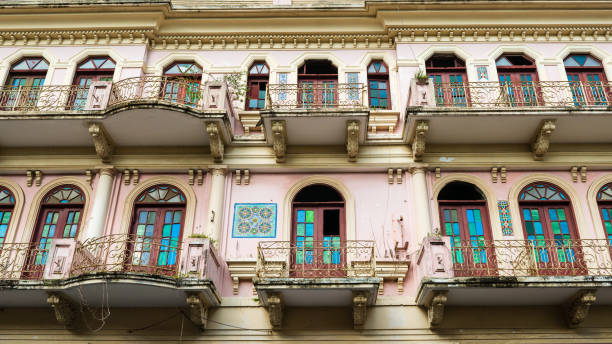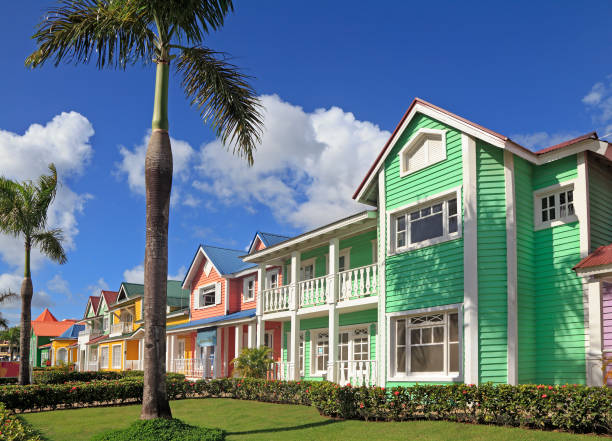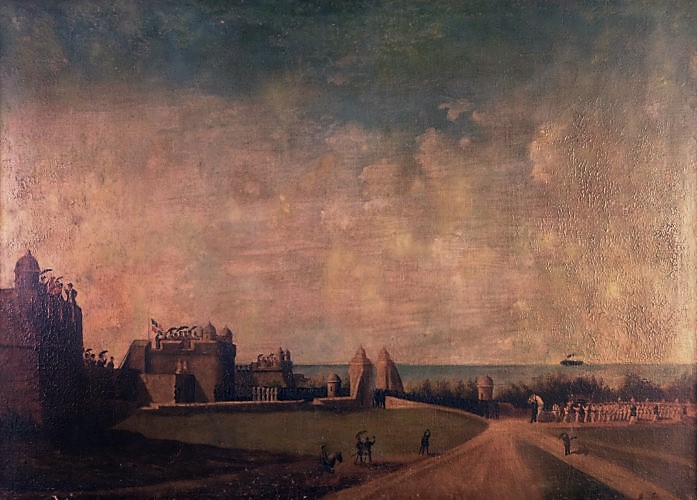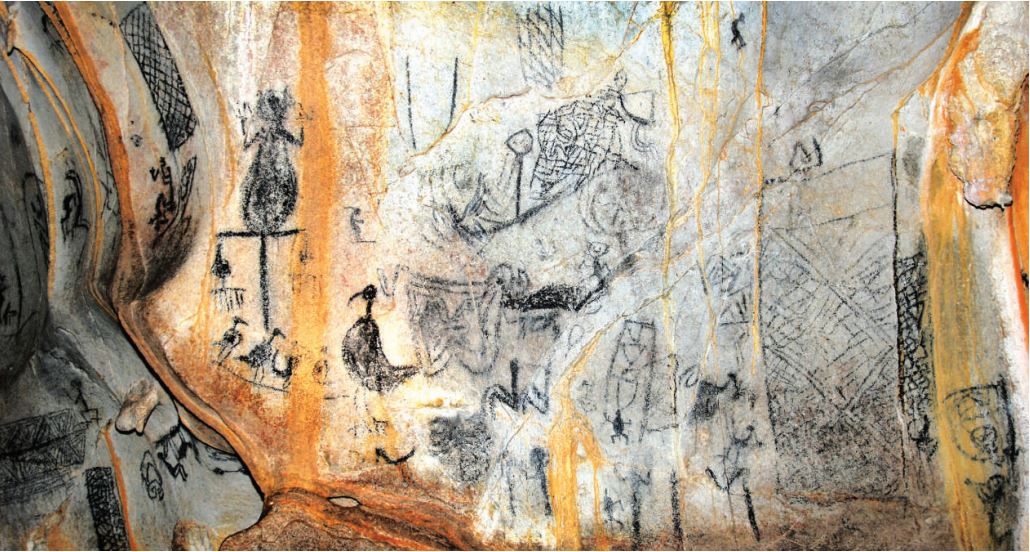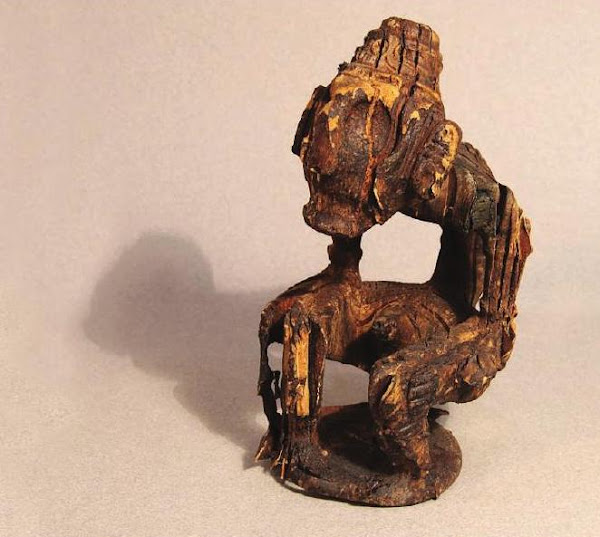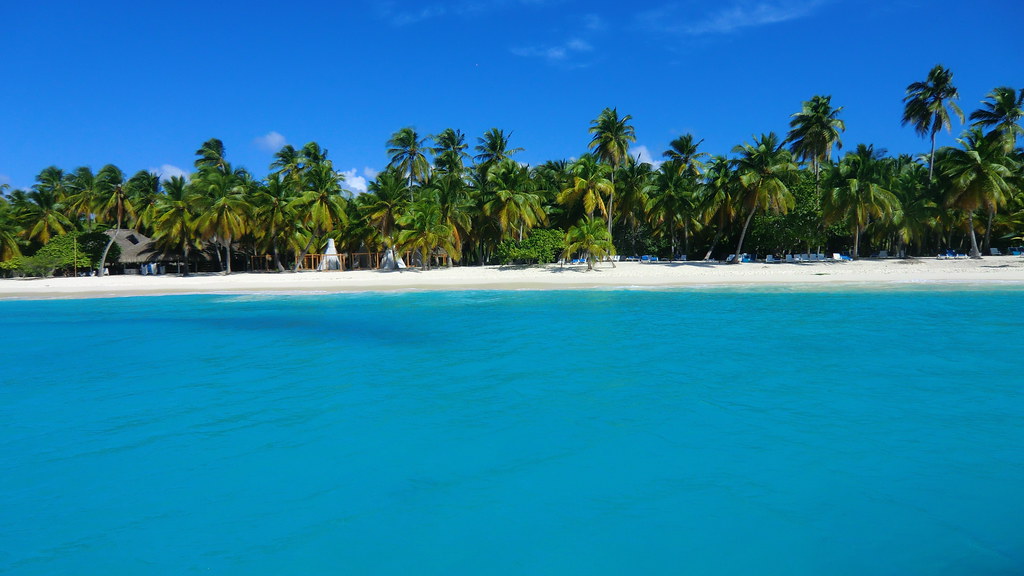Electronic ticket for entry and exit to the Dominican Republic 2024 Now you can record your entry and exit data digitally It …
Exploring the Rich Culture of the Dominican Republic
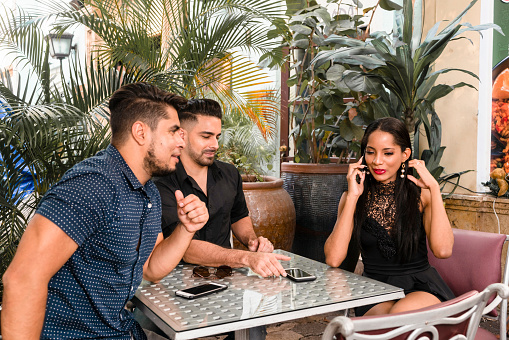
The Dominican Republic is a vibrant and diverse country with a unique cultural heritage. Its culture is a mix of indigenous Taíno, Spanish, and African influences. In this article, we will delve into the various aspects of Dominican culture, including language, religion, music, cuisine, sports, architecture, visual arts, cinema, fashion, and festivals.
Language in the Dominican Republic

The Dominican Republic is a multilingual and multicultural country. The official language is Spanish, and it is spoken by the vast majority of the population. However, there are also other languages spoken in the country, such as Haitian Creole, English, and various indigenous languages. In this article, we will explore the language landscape of the Dominican Republic.
Spanish Language in the Dominican Republic
The Spanish language arrived in the Dominican Republic with the arrival of Christopher Columbus in 1492. Spanish is the official language of the Dominican Republic, and it is spoken by over 95% of the population. Dominican Spanish has its own unique flavor, with many words and phrases that are specific to the country. Some of the most commonly used phrases in the Dominican Republic include “¡Qué lo que!” (What’s up?), “Vamo’ a jumbar” (Let’s go have fun), and “Wepa” (an expression of joy or approval).
Haitian Creole in the Dominican Republic
Haitian Creole is spoken by a significant number of people in the Dominican Republic, particularly in the border region between Haiti and the Dominican Republic. The language has its roots in French, but it has evolved into a distinct language with its own vocabulary and grammar. Haitian Creole is the second most widely spoken language in the Dominican Republic, after Spanish.
English Language in the Dominican Republic
English is not an official language in the Dominican Republic, but it is spoken by some people in the tourism industry and in business. Many Dominicans also study English as a second language in school.
Exploring the Diverse Religious Landscape of the Dominican Republic
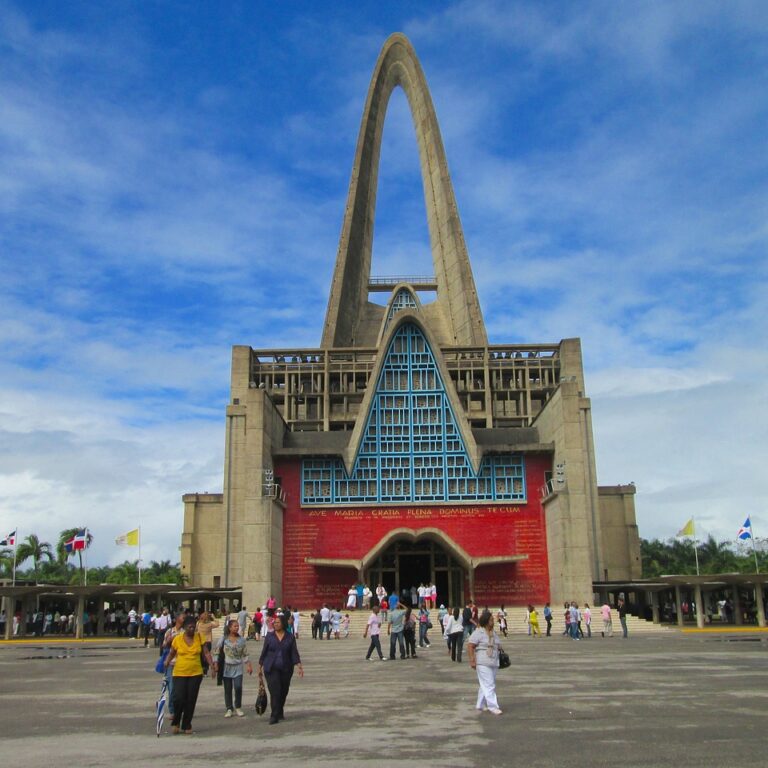
Religion plays a significant role in the cultural identity of the Dominican Republic. The country has a diverse religious landscape, and exploring it can give you a glimpse into the local traditions, values, and beliefs.
Catholicism is the dominant religion in the Dominican Republic, with around 60% of the population identifying as Catholics. The Catholic Church has had a significant influence on the country’s history and culture, and many religious festivals, such as Easter and Christmas, are widely celebrated.
Apart from Catholicism, Protestantism is also prevalent in the Dominican Republic, with around 18% of the population identifying as Protestants. The Protestant churches are diverse, ranging from the more traditional Anglican and Methodist churches to the Pentecostal and Evangelical churches that have gained popularity in recent years.
In addition to Christianity, other religions are also present in the Dominican Republic, such as Judaism, Islam, and Buddhism. The Afro-Caribbean religions, such as Santeria and Vodou, are also practiced, mainly among the Haitian community.
Religious traditions and practices in the Dominican Republic often blend African, Spanish, and indigenous elements, creating a unique and vibrant cultural expression. For example, the famous Merengue dance is said to have originated from the religious celebrations of the Dominican people.
Visitors to the Dominican Republic can explore the religious sites and traditions through various tours and experiences. Some of the notable places to visit include the Basilica Cathedral of Santa Maria la Menor, the oldest cathedral in the Americas, and the Alcazar de Colon, a historic palace that houses a collection of religious art.
Overall, the religious diversity in the Dominican Republic is a testament to the country’s rich cultural heritage and traditions. Exploring the religious landscape can give you a deeper appreciation of the people and their way of life.
The Rhythmic Melodies of the Dominican Republic: A Look into its Music
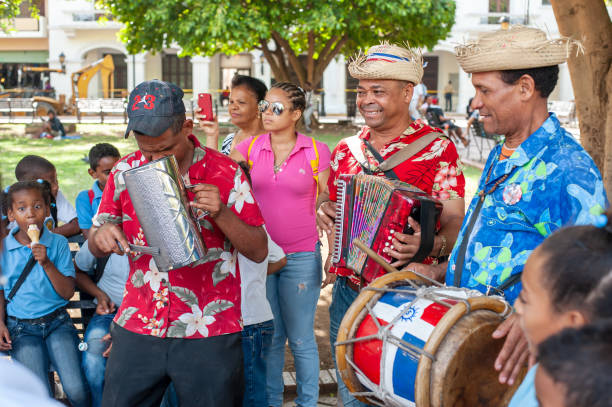
The Dominican Republic is a land rich in culture and history. One of the most fascinating aspects of the country is its music. Dominican music has a long and complex history, which is closely intertwined with the country’s diverse culture and heritage.
The music of the Dominican Republic is known for its infectious rhythms and lively beats, which have been influenced by a wide range of musical traditions, including African, European, and indigenous music.
One of the most popular forms of music in the Dominican Republic is merengue. This lively and energetic style of music has its roots in the rural areas of the country and is known for its fast-paced rhythms and catchy melodies. Merengue is so beloved in the Dominican Republic that it has been designated as the national dance of the country.
Another popular form of music in the Dominican Republic is bachata. Bachata is a romantic and melodic style of music that originated in the 1960s. It is characterized by its slow and sensual rhythms and is often played at social gatherings and dances.
The music of the Dominican Republic also includes other popular styles, such as salsa, reggaeton, and hip hop. These styles have all been influenced by the unique cultural heritage of the country and are an important part of the vibrant music scene in the Dominican Republic.
In addition to being a form of entertainment, music is also an integral part of many religious and cultural ceremonies in the Dominican Republic. For example, during the Christmas season, traditional carols are sung throughout the country, and during the annual Carnival celebrations, music is played in the streets as part of the festivities.
Overall, the music of the Dominican Republic is a reflection of the country’s rich cultural heritage and vibrant spirit. Whether you are dancing to the beat of merengue, enjoying the romantic melodies of bachata, or listening to the latest salsa hit, the music of the Dominican Republic is sure to leave a lasting impression on your soul.
Discovering the Flavors of Dominican Cuisine
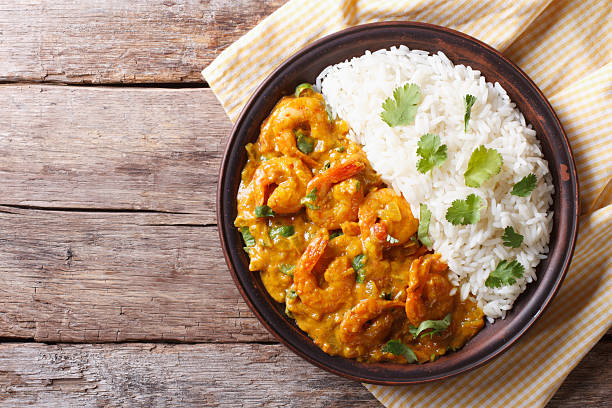
The Dominican Republic is a Caribbean country known for its beautiful beaches and rich cultural heritage. When it comes to food, the country is no exception to the vibrancy and flavor that the region is known for. The cuisine of the Dominican Republic is a unique blend of Spanish, African, and indigenous Taino flavors. The use of spices, herbs, and tropical fruits is prevalent in the dishes, making them both delicious and colorful. In this article, we will take a closer look at the cuisine of the Dominican Republic.
Influences on Dominican Cuisine
Dominican cuisine is influenced by a range of cultures that have left their mark on the country throughout history. The Taino people, who were the first inhabitants of the island, were skilled at farming and fishing. They introduced many staples that are still popular today, such as yucca, cassava, and maize.
The Spanish arrived in the Dominican Republic in the 15th century and brought with them ingredients such as rice, wheat, and meats like pork and beef. They also introduced cooking techniques like frying and stewing.
Finally, the African slaves brought over by the Spanish contributed to the cuisine with their love for spicy and flavorful dishes. This blend of cultures is what gives Dominican cuisine its unique taste.
Popular Dominican Dishes
Mangu is considered the national dish of the Dominican Republic. It is made by boiling plantains and then mashing them with butter, milk, and garlic. This dish is typically served with eggs, cheese, and salami for breakfast.
Another popular dish is sancocho, which is a hearty stew made with a variety of meats, tubers, and vegetables. It is often served with rice, avocado, and a side of salad.
Chimichurri is a type of sandwich that is similar to a hamburger. It is made with a beef patty, lettuce, tomato, and a special sauce made with ketchup, mayonnaise, and hot sauce.
Arroz con pollo, or rice with chicken, is a staple in many Dominican households. The dish is made with rice, chicken, and a variety of vegetables and spices.
Desserts in the Dominican Republic are just as delicious as the main dishes. Dulce de leche, a caramel-like spread made with sweetened condensed milk, is a popular topping for desserts like ice cream and cakes. Tres leches cake, a sponge cake soaked in a mixture of three different types of milk, is another favorite.
Conclusion
The cuisine of the Dominican Republic is as rich and diverse as its culture. From hearty stews to sweet desserts, there is something for everyone to enjoy. The blend of cultures that make up Dominican cuisine is a testament to the country’s history and is something that should be celebrated and shared with the world. So the next time you visit the Dominican Republic, be sure to try some of its delicious dishes and savor the flavors that make this country so special.
Sports in the Dominican Republic: Passion and Talent
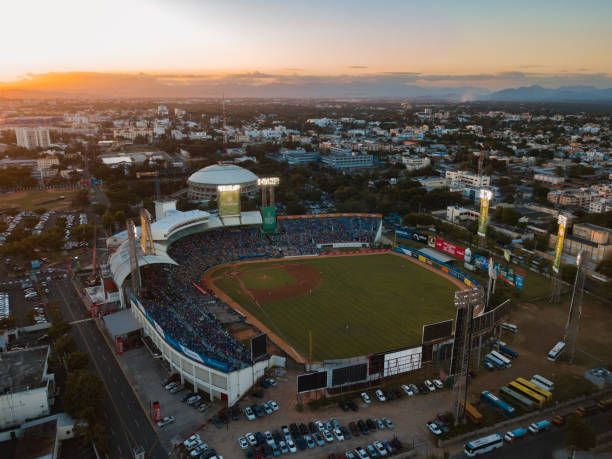
The Dominican Republic is known for its pristine beaches, lush greenery, and vibrant culture. But, it is also famous for its passion for sports. Dominicans have a natural talent for sports, and they have made significant contributions to the world of sports. From baseball to boxing and basketball to volleyball, sports play a significant role in the Dominican culture.
Baseball is the national sport of the Dominican Republic, and it is deeply ingrained in the culture. The country has produced many world-famous baseball players, such as David Ortiz, Pedro Martinez, and Sammy Sosa. Dominicans are passionate about baseball, and they play it at all levels, from street games to professional leagues.
Basketball is also a popular sport in the Dominican Republic, and the country has produced several notable players, including Al Horford and Karl-Anthony Towns. The country’s national basketball team has competed in several international tournaments, including the Olympics and the FIBA Americas Championship.
Volleyball is another popular sport in the Dominican Republic, and the country’s women’s volleyball team is considered one of the best in the world. The team has won numerous medals in international competitions, including the Olympics and the World Championships.
Boxing is another sport in which Dominicans have excelled. Fighters such as Joan Guzmán and Juan Carlos Payano have won world championships, and the country has produced several Olympic medalists in the sport.
Apart from these sports, Dominicans also enjoy playing and watching other sports such as soccer, tennis, and golf. The country has hosted several international sporting events, including the Pan American Games and the Caribbean Series.
Sports are not just a form of entertainment in the Dominican Republic. They also serve as a means of social and economic mobility. Many young Dominicans aspire to become professional athletes, as it can provide them with the opportunity to achieve success and financial stability.
In conclusion, sports are an integral part of the Dominican culture, and they play an important role in the country’s social and economic development. The passion and talent of the Dominicans have made a significant impact on the world of sports, and the country continues to produce exceptional athletes in various sports.
Discovering the Richness of Dominican Republic Architecture
The Dominican Republic is a Caribbean country known for its vibrant culture, stunning beaches, and delicious food. However, it also boasts a rich architectural history that reflects its diverse past and cultural influences. From colonial to modern styles, the country’s architecture is a reflection of its history, traditions, and artistic heritage. In this article, we will explore the different styles of architecture found in the Dominican Republic.
Colonial Architecture
The colonial era brought a significant influence on Dominican Republic architecture. The country’s historic buildings are a reflection of the Spanish colonial architecture, featuring ornate facades, intricate ironwork, and colorful tiles. The Colonial City of Santo Domingo, declared a World Heritage Site by UNESCO, is an excellent example of this style. The city boasts many buildings from the colonial era, such as the Cathedral of Santa Maria la Menor, the oldest cathedral in the Americas.
Victorian Architecture
Victorian architecture also had a significant impact on the Dominican Republic during the late 19th and early 20th centuries. This style features ornate detailing, steeply pitched roofs, and decorative elements such as turrets, dormers, and stained glass windows. Many of the Victorian buildings in the country can be found in Santo Domingo’s residential neighborhoods.
Modern Architecture
In recent years, modern architecture has gained prominence in the Dominican Republic. With the country’s economic growth, many new buildings are popping up, featuring contemporary designs that blend with the traditional styles. One example of this is the Blue Mall in Santo Domingo, a modern shopping center that showcases the country’s architectural diversity.
Taino Architecture
Finally, it’s worth mentioning the Taino architecture, the indigenous people who inhabited the island before the arrival of the Spanish. Although much of this architecture was destroyed during colonization, some elements remain in the country’s architecture, such as the use of thatched roofs and natural materials.
In conclusion, the Dominican Republic’s architecture reflects its unique history, culture, and traditions. From colonial to modern styles, the country’s architecture is a testament to the diverse influences that shaped its past and present. Whether you’re exploring the historic sites in Santo Domingo or admiring the modern buildings in the cities, the Dominican Republic’s architecture is a must-see for architecture enthusiasts and anyone interested in the country’s rich cultural heritage.
Discovering the Rich Visual Arts Heritage of the Dominican Republic
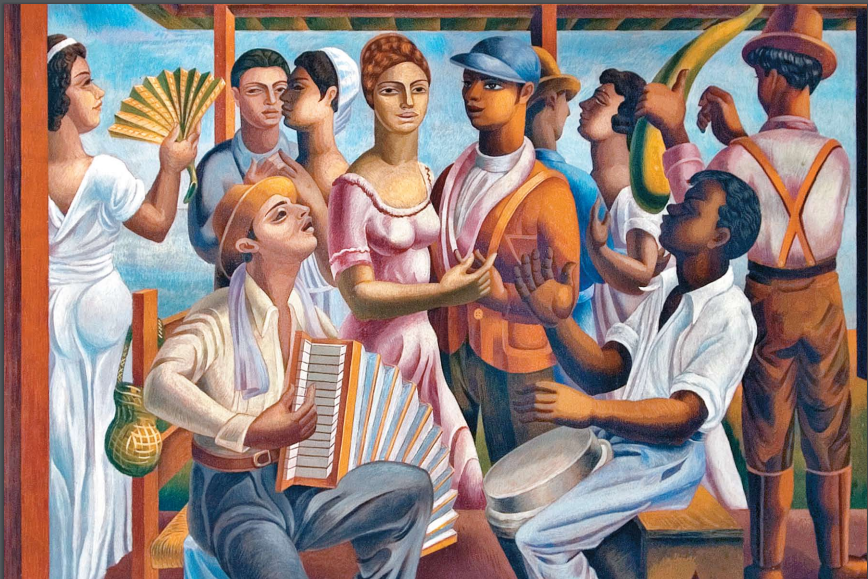
The Dominican Republic is not just a land of sun, sand, and sea. It is also home to a vibrant art scene with a rich heritage. From pre-Columbian artifacts to contemporary art, the country boasts a variety of artistic expressions that reflect its diverse cultural influences.
Pre-Columbian Art Before the arrival of the Spanish, the indigenous Taíno people of the Dominican Republic created intricate pottery, jewelry, and sculptures. These works of art often featured intricate carvings and intricate patterns.
Colonial Art During the Spanish colonial period, art in the Dominican Republic was heavily influenced by European styles. The country’s religious traditions led to the creation of many impressive churches and religious art, including ornate altarpieces and sculptures.
Modern and Contemporary Art In the 20th century, the country’s artistic scene became more diverse and experimental. Many artists began to incorporate elements of the Afro-Caribbean culture and social issues in their works. One of the most famous artists to emerge from the Dominican Republic is the painter and sculptor, Oscar de la Renta.
Visual Arts in Everyday Life Visual arts in the Dominican Republic are not just confined to galleries and museums. They can be found everywhere from street art to colorful murals on buildings. Traditional crafts such as pottery, weaving, and basketry continue to be an important part of the country’s artistic heritage.
Conclusion From pre-Columbian artifacts to contemporary art, the Dominican Republic has a rich and diverse visual arts heritage. Exploring the country’s museums, galleries, and streets can reveal a fascinating and unique artistic scene that reflects its cultural history and traditions.
Images Source: https://www.artisticord.com/2018/04/dominican-art-history-timeline-of-events.html
Lights, Camera, Action: Exploring the Cinema Industry in the Dominican Republic

The Dominican Republic has a rich history in the world of cinema, with a growing industry that has produced acclaimed films and talented filmmakers. From the early days of black and white silent films to the modern-day blockbusters, the country has made a significant contribution to the art of filmmaking.
History of Dominican Cinema
The first Dominican film was released in 1949, titled “La hija natural” (The Natural Daughter). It was directed by Luis César Amadori and starred Esther Fernández, who became a leading figure in Dominican cinema. In the following years, a number of films were produced, mostly dramas and comedies.
However, it was in the 1960s that Dominican cinema experienced a significant change. The country’s film industry became more politically and socially aware, reflecting the turbulent times of the era. This period produced films like “La muralla” (The Wall) by Johnny Pacheco and “Cristóbal Colón” (Christopher Columbus) by Fernando Báez Mella, which tackled issues of race and colonialism.
In the 1970s, Dominican cinema saw a decline due to economic struggles, but it continued to produce some notable films such as “El súper” (The Super) by Iván García and “Biodegradable” by Juan Basanta.
Cinema Today in the Dominican Republic
Today, the Dominican cinema industry is on the rise, producing quality films that have been recognized internationally. One of the most successful films in recent years is “Cocote” by Nelson Carlo de Los Santos Arias, which won the Lion of the Future award at the Venice Film Festival in 2017.
The country also hosts several film festivals, including the Festival de Cine Global Dominicano and the Festival de Cine de la Diversidad Cultural. These festivals provide a platform for local filmmakers to showcase their work and also attract international attention to the Dominican cinema industry.
In addition to producing films, the Dominican Republic has also been a popular location for Hollywood movies. Films such as “The Godfather: Part II,” “Jurassic Park,” and “Pirates of the Caribbean: On Stranger Tides” were partially filmed in the country.
Conclusion
From its humble beginnings in the 1940s to its current rise, the Dominican Republic’s cinema industry has come a long way. With the increasing popularity of Dominican films and the growing presence of international filmmakers, the industry is poised for even greater success in the future. As the country continues to produce quality films and host film festivals, the world will surely take notice of the Dominican Republic’s contribution to the art of cinema.
Fashion in the Dominican Republic: A Blend of Culture, Color, and Creativity
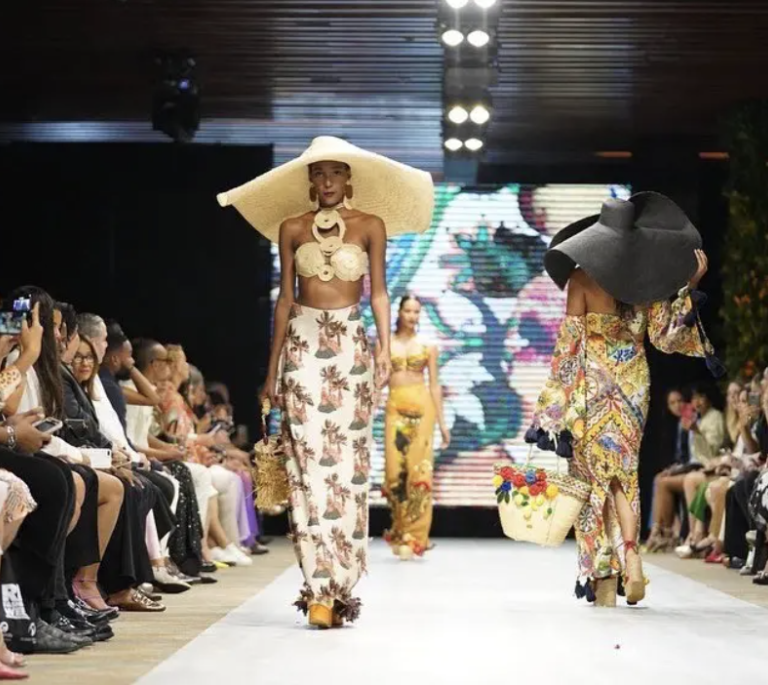
The Dominican Republic is known for its vibrant culture, and fashion is no exception. From colorful fabrics and patterns to innovative designs, the fashion industry in the DR is a reflection of the country’s rich heritage and creative spirit.
One of the most significant influences on Dominican fashion is the country’s African and indigenous roots. These cultural traditions are evident in the use of bold patterns, bright colors, and flowing fabrics that are popular in Dominican clothing.
The traditional Dominican dress for women is the “pollera,” a long, flowy skirt made from cotton or linen. The skirt is often paired with a simple blouse and a wide-brimmed hat, creating a look that is both elegant and practical for the Caribbean climate.
In recent years, Dominican fashion has also been influenced by international trends. Many designers are blending traditional elements with modern styles, creating unique and innovative pieces that appeal to a global audience.
The DR has produced many talented fashion designers, including Giannina Azar, Sissy Bermúdez, and Jenny Polanco. These designers have gained international recognition for their bold and creative designs that capture the essence of Dominican fashion.
One of the most significant events in the Dominican fashion industry is the Dominican Republic Fashion Week. This annual event showcases the latest designs from top Dominican designers and attracts fashion industry professionals from around the world.
In addition to high-end fashion, the DR also has a thriving handmade fashion industry. Many local artisans create unique and beautiful pieces using traditional techniques such as weaving, embroidery, and beading.
In conclusion, fashion in the Dominican Republic is a vibrant and dynamic industry that celebrates the country’s rich cultural heritage and creative spirit. From traditional dress to modern designs, the DR’s fashion scene is a reflection of the country’s unique and colorful identity.
Festivals in the Dominican Republic: Celebrating Culture, Music, and Traditions
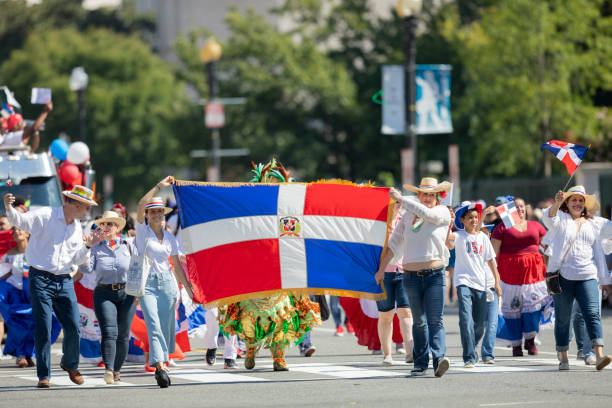
The Dominican Republic is a vibrant and colorful country that loves to celebrate. Throughout the year, the country is alive with music, dance, and festivities, with each region having its own unique customs and traditions. From religious celebrations to music festivals, there is always something to see and experience in the Dominican Republic.
Carnival One of the most famous festivals in the Dominican Republic is Carnival, which takes place in February or March. This is a time for dancing, music, costumes, and parades. The biggest carnival celebrations take place in Santo Domingo, but there are also events in other cities, including La Vega and Santiago.
Merengue Festival Merengue is the national dance of the Dominican Republic, and it has its own festival. The Merengue Festival takes place in Santo Domingo in July and features live music, dancing, and competitions.
Santo Domingo Colonial Fest This festival celebrates the history and architecture of Santo Domingo’s colonial zone. The festival takes place in October and includes cultural events, food, and live music.
La Vega Carnival This carnival takes place in the city of La Vega in February and is known for its colorful costumes, masks, and characters. The carnival is a mix of African, Spanish, and indigenous traditions and includes parades, dancing, and music.
Santo Domingo Book Fair The Santo Domingo Book Fair is one of the largest book fairs in the Caribbean and takes place in April. The fair features local and international authors, publishers, and literary events.
Independence Day Independence Day is a national holiday in the Dominican Republic, celebrated on February 27th. It commemorates the country’s independence from Haiti in 1844. There are parades, music, and fireworks throughout the country.
Feast of Our Lady of Altagracia This religious festival takes place on January 21st and celebrates the patron saint of the Dominican Republic. The festival includes a procession, masses, and other religious events.
In conclusion, the Dominican Republic has a rich cultural heritage that is celebrated throughout the year with a variety of festivals and events. From Carnival to Merengue Festival, these celebrations are a testament to the country’s vibrant culture and traditions. Whether you are a visitor or a local, these festivals offer a unique opportunity to experience the best of the Dominican Republic.
Holidays in the Dominican Republic
The Dominican Republic is a country with a rich cultural heritage, and holidays play a significant role in its traditions. From religious celebrations to national holidays, there are many important dates that are celebrated in the Dominican Republic. Here are some of the most notable holidays in the country:
New Year’s Day – January 1st: The first day of the year is celebrated with family gatherings, fireworks, and parties. In the Dominican Republic, it’s a time for renewal and setting new goals for the year ahead.
Three Kings’ Day – January 6th: Also known as Epiphany, Three Kings’ Day is a religious holiday that commemorates the arrival of the Magi to visit the newborn Jesus. In the Dominican Republic, it’s a time for children to receive gifts from the three kings.
Duarte Day – January 26th: Juan Pablo Duarte is one of the founding fathers of the Dominican Republic, and his birthday is celebrated as a national holiday. It’s a time to reflect on the country’s history and honor its heroes.
Independence Day – February 27th: This is one of the most important holidays in the Dominican Republic, as it marks the country’s independence from Haiti in 1844. It’s celebrated with parades, fireworks, and cultural events throughout the country.
Holy Week – March/April: Holy Week is a time of religious observance leading up to Easter Sunday. It’s a time for processions, masses, and other religious ceremonies. In the Dominican Republic, the celebrations are particularly vibrant, with many communities hosting elaborate processions and celebrations.
Labor Day – May 1st: This holiday honors workers and their contributions to society. It’s a time to reflect on the importance of labor and to celebrate the achievements of the labor movement.
Father’s Day – Last Sunday in July: Father’s Day is a time to honor fathers and father figures. In the Dominican Republic, it’s celebrated on the last Sunday in July with family gatherings and other festivities.
Restoration Day – August 16th: This holiday commemorates the end of the Dominican War of Independence against Spain in 1865. It’s celebrated with parades and cultural events throughout the country.
Constitution Day – November 6th: This holiday commemorates the signing of the country’s first constitution in 1844. It’s a time to reflect on the importance of democracy and the rule of law.
Christmas Day – December 25th: Christmas is a time for family gatherings, gift-giving, and religious observances. In the Dominican Republic, it’s celebrated with traditional food, music, and cultural events.
These are just some of the most important holidays in the Dominican Republic. Each one reflects the country’s unique cultural heritage and traditions, and they provide an opportunity for people to come together and celebrate their shared history and identity.
Electronic ticket for entry and exit to the Dominican Republic 2024 Now you can record your entry and exit data digitally It …
Exploring Paradise: The Top 5 Saona Island Excursions You Must Experience Saona Island, nestled in the heart of the Caribbean, is a …

